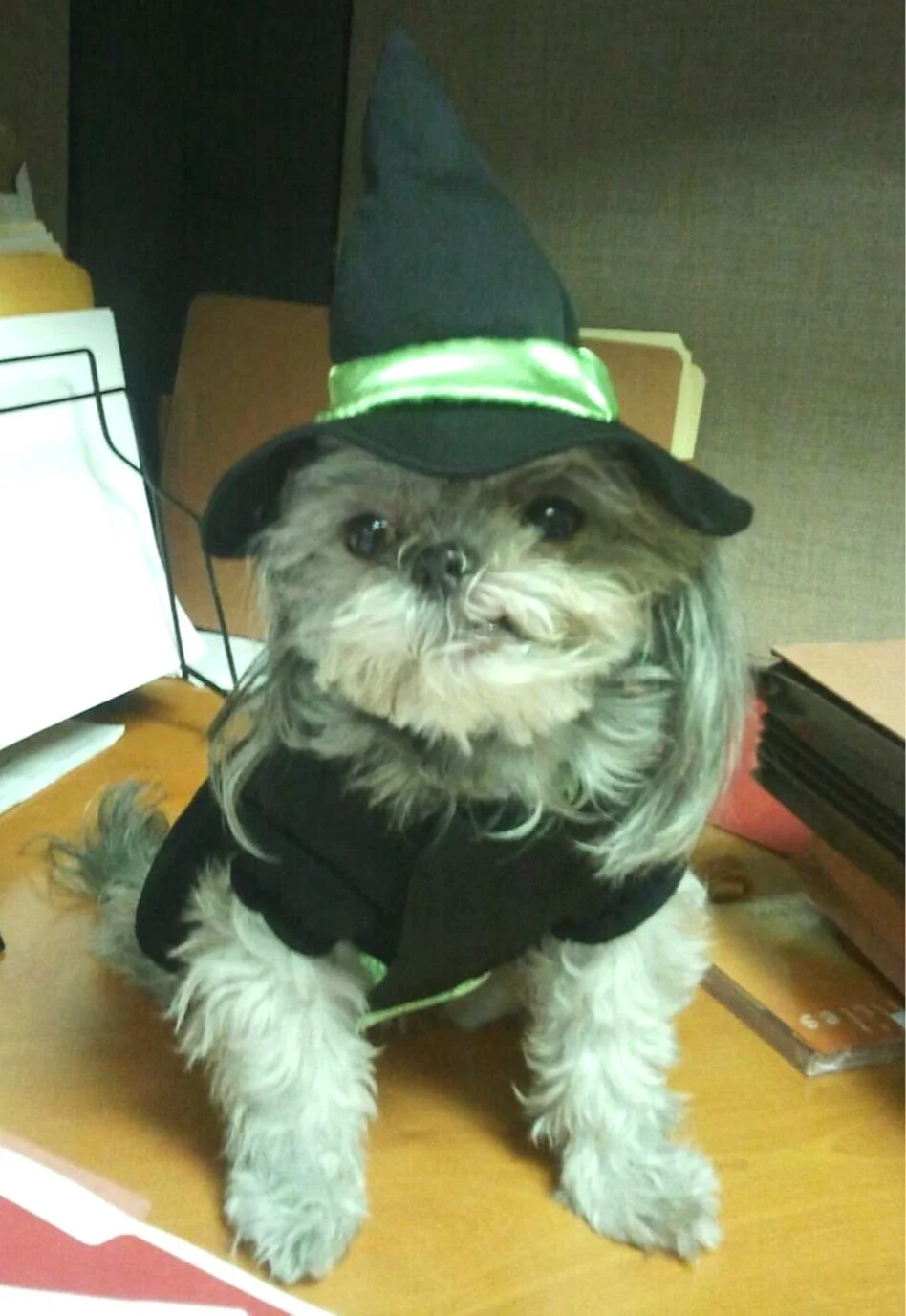Our Covid Furteen™ Competition featured how paw-rents feed their fur-kids with healthy home recipes. In the late spring, contestants submit their creations for their cats and dogs. The goal: To fetch their summer bodies back! Studies show around half of U.S. pet cats and dogs are obese. But, by the looks of our furtastic winners they all were already set to have a “hot pet summer.” What was ruffin’ interesting is around 80% of our paw-ticipants from around the world, entered raw food meals. They mostly followed the BARF methodology. It’s kind of like the Atkins Diet for pets, minus the dairy and with more meat. BARF stands for 'Biologically Appropriate Raw Food’ and ‘Bones and Raw Food.’ BARF consists of high protein, moderate fat, and little carbs. It includes muscle and organ meat, bones, veggies and fruit, and supplements.
We asked our Covid Furteen™ judges to review the recipe submissions. We received pawesome feedback from Dr. Anna Hielm-Björkman with Pawesomer. She mentioned that bones in some form need to be included too. Anna says nutrition-wise it's very important either to give bones or calcium as a powder or with bone broth. Anna answered a question many paw-rents have on hairs and feathers. She added, " as we do not really know what hairs and feathers do to dogs, I think it is better to have them in the recipe than out." Anna emphasizes using tripe, berries, organs and/or organ broth. And don't forget superfoods like pollen, apple cider vinegar, yeast, kelp, and fish oil. Studies show benefits of a raw diet can be: having cleaner teeth, more energy, leaner bodies, and better skin and hair/fur. Nutritionists recommend if you are transitioning your pets to BARF, introduce them to it slowly and monitor their “bathroom breaks.”
As we sniffed out the opinions of pet diet experts on BARF, this led us to other conversations. Particularly on plant-based food for our kids with tails. We spoke to petNmind founder and CEO Adrian Archie. He runs a holistic pet supply franchise. Adrian said a plant-based diet can be quite helpful for some pets if they have allergies or sensitivities. But it has to be right for the individual dog and checked out with a nutritionist or vet. Adrian also mentioned how plant-based foods are much better for the environment. Research shows that consuming a vegan or plant-based diet can save a tremendous amount of water. Farming of animals and plants accounts for more than two-thirds of the world's water use. More than 90% of that is freshwater. And one-third of that water goes to raising animals and watering the crops for their consumption. Studies also show animal farming can cause water pollution from animal feces and uneaten feed. This leads to the loss of aquatic life. Ulti-muttly, a human can reduce their water pawprint by half by going meat-free. Howl-ever, veterinarians and nutrition experts stress balance is key in any diet. People and pets need to get the right amount of protein and other nutrients and vitamins. A meatless menu may not work for all dogs.
Thanks to our judges Dr. Anna Hielm-Bjorkman with Pawesomer, Professional Trainer Michael Asirvadem with Westside K9, Chief Tasting Officer Floki with Puppermint and The Muttly Crew’s pack. We also want to give a bark-out to our prize sponsors BarkBox, Westside K9, Surely B., Oliver, Sabyloo, and Pawesomer.












